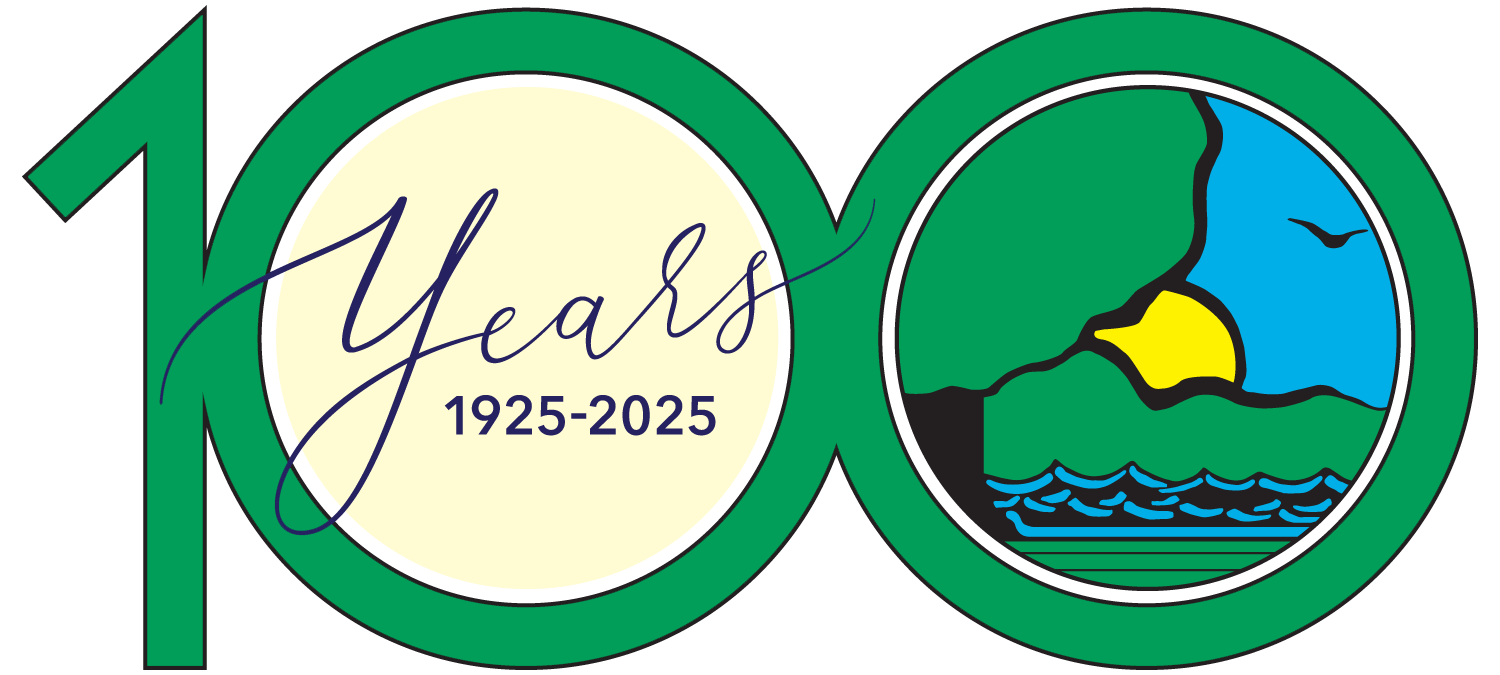
All photos by the author.



All photos by the author.
On a cool summer morning, I am visiting Pete Fandel, a third-generation landowner in Woodford County. Fandel operates a 500+-acre farm consisting primarily of row crops, cover crops and forest.

I have come to his property to learn about soil.
Fandel is an expert on the subject not only because he relies on the soil to grow his crops. He also teaches about it at the local community college where he is a professor of agriculture and teaches all the agronomy classes, including soil science.
This morning, we’re sitting at a picnic table under the canopy of a large oak tree in his front yard. Nearby is his green side-by-side, an all-terrain vehicle we will soon use to tour his farm. In every direction are corn and soybean fields.
Our first stop on the tour takes us to one of several wooded parcels on his farm. He tells me that he spends lots of time here fighting invasive shrubs like bush honeysuckle and autumn olive. Left uncontrolled, they out-compete native understory plants leaving the ground bare and susceptible to erosion.
But I don’t see bare ground. I see an understory that consists largely of native vegetation. Not only does it hold the soil in place, “it feeds the soil microbes and wildlife,” Fandel says. He likes to hunt, so it’s important to him that deer and turkeys can eat well on his farm.

As we leave the woods, we are soon greeted by a flowering prairie. He explains that he used to plant right up to the timber, but the trees shaded out his crops, and the deer over browsed his corn. “I wasn’t getting back in yield what it cost to put crops in those 30 feet [on the field edges],” he says.
Using state and federal conservation funds, Fandel turned those unproductive field margins into strips of native pollinator plants whose blooms we are now enjoying. Thanks to their deep roots, his soil is becoming more fertile. And because he removed the poor performing strip out of production, his average corn yields have increased on the adjacent field. In removing this unproductive strip from production, the savings due to his reduced seed, herbicide and fuel inputs further bolsters his profits come harvest time.
Meanwhile the pollinator plots provide cover for wildlife, and he enjoys watching the birds and insects that visit. As a bonus, the deer that formerly ate his corn now prefer to dine on his prairie.
Continuing our tour, it’s obvious that Fandel’s corn and soybeans are healthy. They’re lush and dark green and full of vigor. He shows me why when he separates some soybean plants to show me the ground. It’s covered by decaying corn stubble and cover crops.

His ground is never bare, he explains; he does not plow under the crop residue after harvest. Instead, he leaves organic material on the ground to feed the essential microorganisms in his soil.
Between harvests, he plants cover crops like cereal rye, turnips and radishes. They build his soil’s fertility and decrease wind and water erosion. Cover crops are also a year-round source of food for wildlife.
By leaving vegetation on the soil surface, he is sequestering carbon. Plants pull carbon dioxide out of the atmosphere and deliver it to the soil, he says. There, it feeds the microbes that use it to build the soil’s structure while adding nutrients back into the ground.
Carbon sequestration offers another benefit: it moderates the weather. Too much atmospheric carbon dioxide contributes to a warmer climate which, in turn, can cause damaging weather events like drought, floods and wildfires. By capturing carbon, he is doing his part to safeguard future crops – and wildlife – from weather extremes.
At our next stop, Fandel shows me a dry dam, a berm-like structure that pools stormwater and allows it to slowly percolate back into the ground. This process filters the water making it cleaner for the wetlands and waterways it will eventually reach. For the creatures that rely on aquatic habitats, his filtered stormwater is crucial to their survival.
The dry dam also collects the soil that runs off his fields during heavy rainfall. When this happens, he simply collects the sediment and puts it back on his fields; he keeps the soil on his farm.
As we pull back into his yard, it strikes me that Pete Fandel’s healthy soil is impacting more than his bottom line. Not only is he experiencing better-than-average yields on his crops, he’s also doing a better-than-average job of helping wildlife.
Deer and turkeys, once infrequent visitors on his farm, are now regular guests that supply him with ample quarry during their hunting seasons.
He’s also enjoying the occasional glimpse of bobcats in the woods and the seasonal visits of migrating waterfowl who browse on his cover crops. And scattered throughout his farm, pollinator plots are supplying wildlife with needed food and shelter while offering Pete the satisfaction of a summer prairie in bloom.
Pete Fandel’s healthy soil provides a good living for him and wildlife.
Carla Rich Montez is an outdoor writer living in Peoria County. She is a regular contributor to OutdoorIllinois Journal.
Submit a question for the author
Question: Hi, Im an 81 yr old landowner that bought a farm in 1990 and have made many changes to enhance wildlife, improve erosion, and keep our timber acres in old forest trees as many are already between 150-200 yr old. Have been hearing about carbon credits and wonder who can explain what that entails. If you can point me in the right direction please do. Farm is in NW Woodford Co.